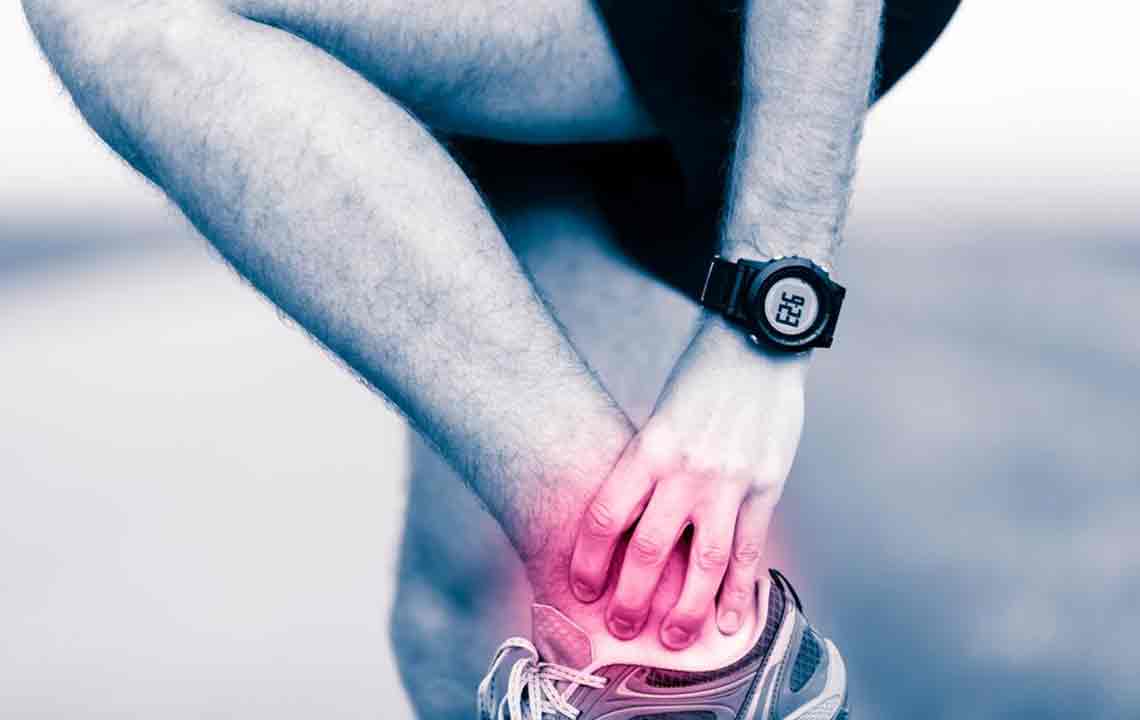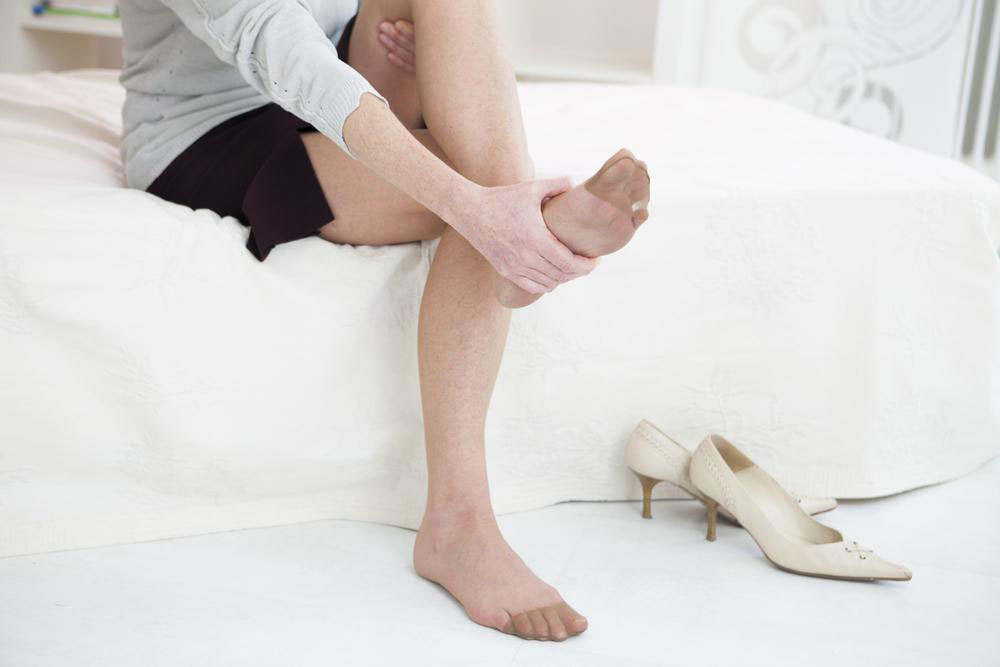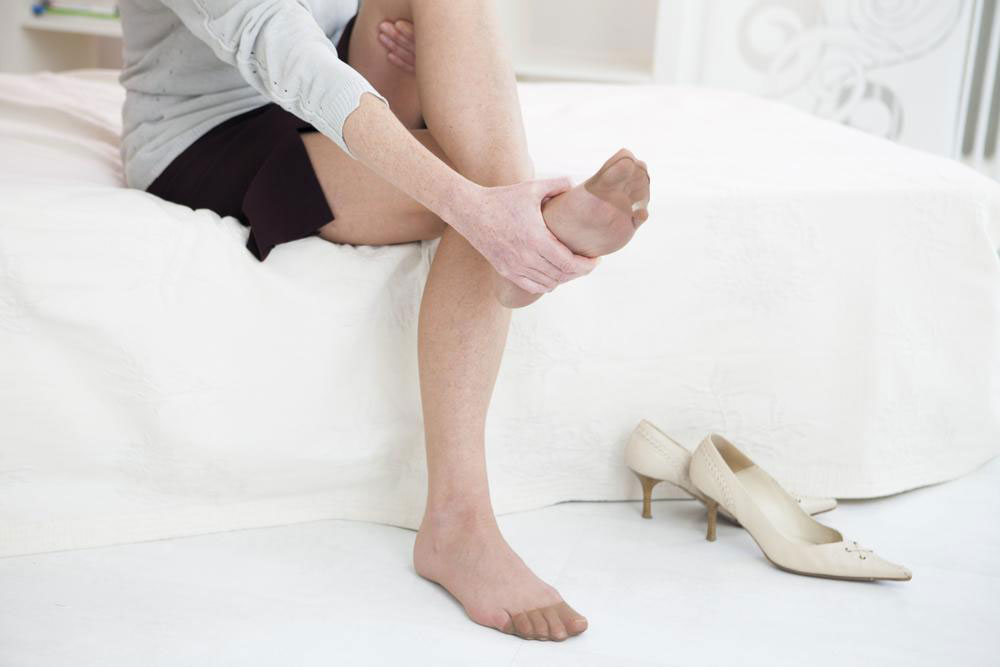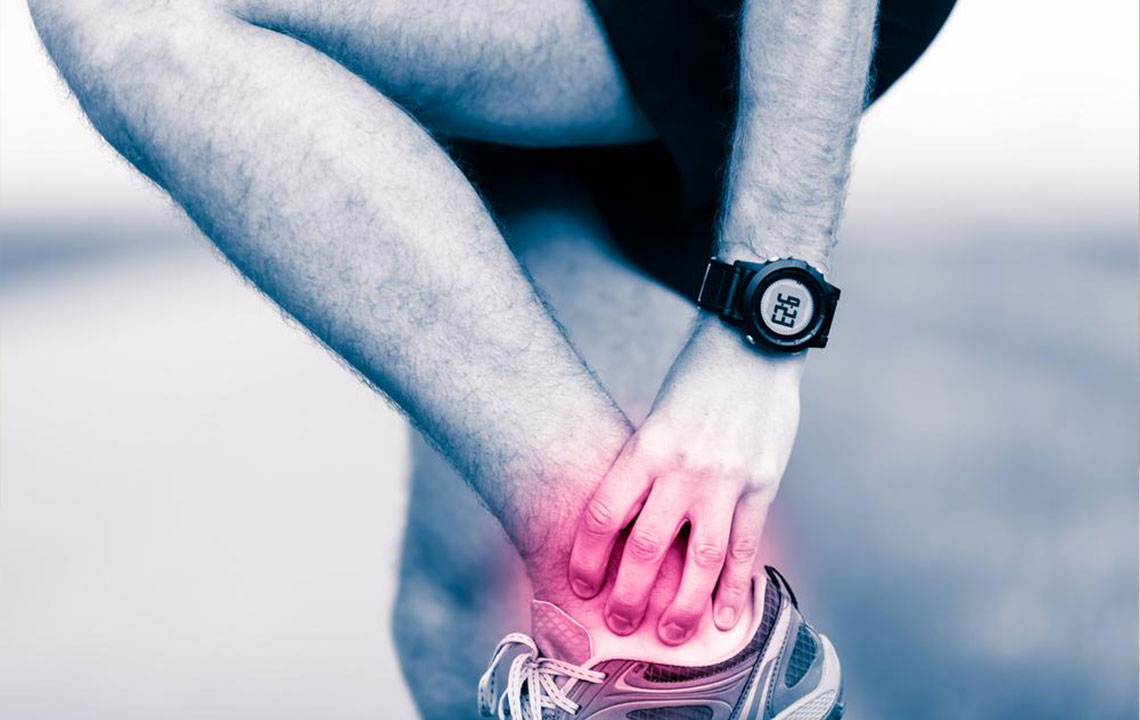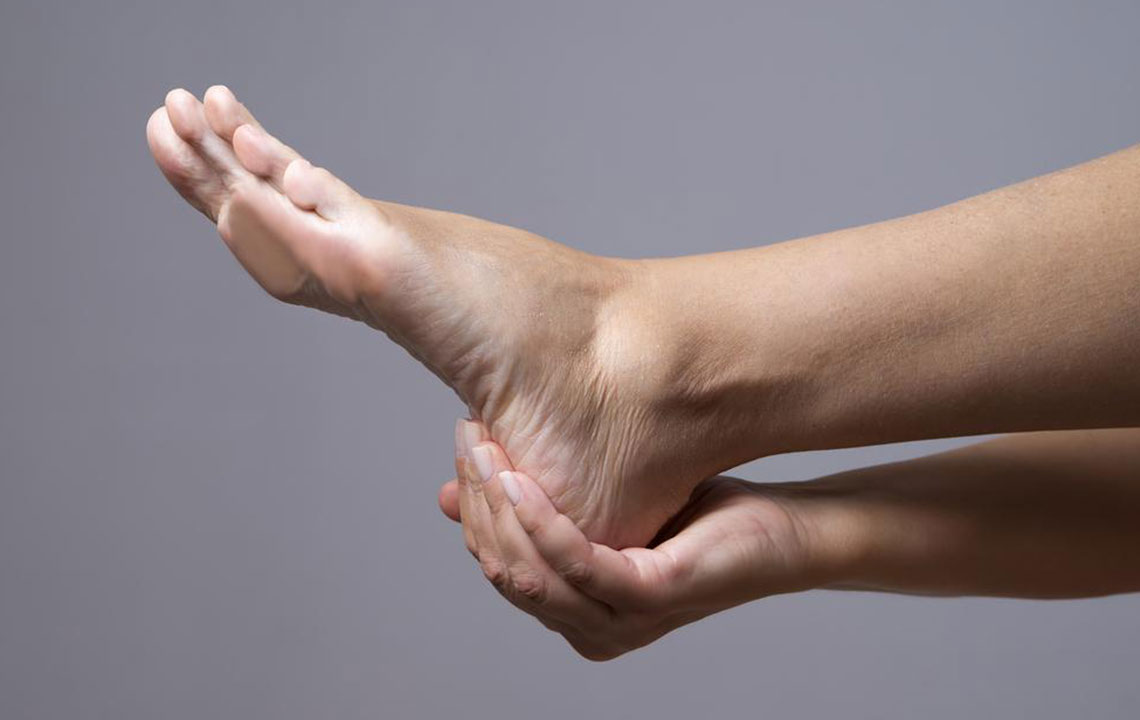Comprehensive Guide to Foot Discomfort: Causes, Symptoms, and Effective Treatment Strategies
This comprehensive guide explores common causes of foot discomfort, including plantar fasciitis, bunions, and hammertoes. It offers practical tips, exercises, and home remedies to alleviate pain, improve foot health, and prevent future problems. Learn how proper footwear and targeted routines can maintain healthy feet and enhance mobility for a better quality of life.
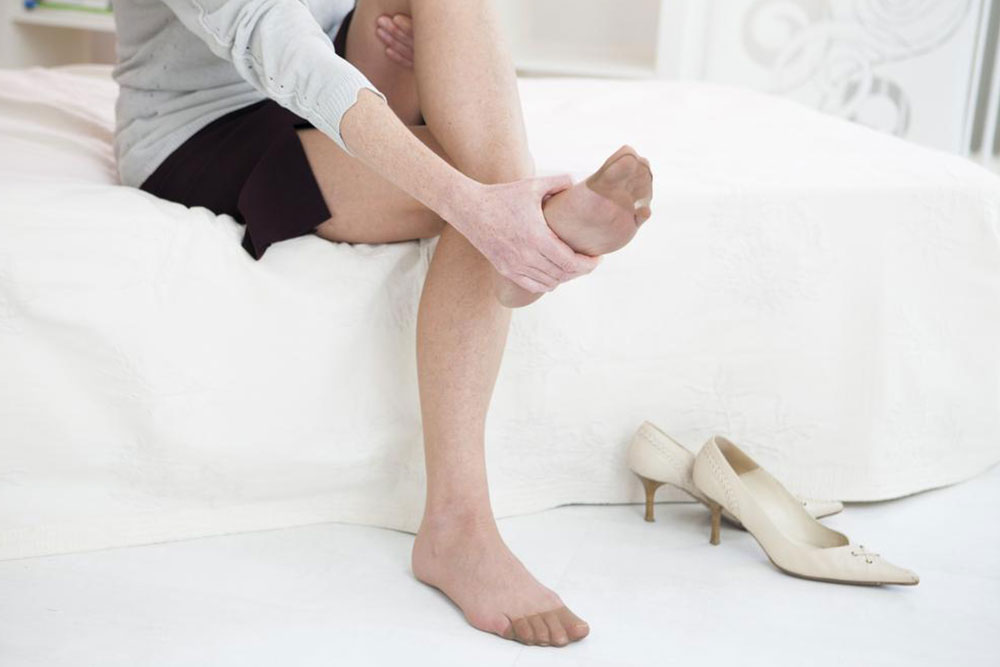
Understanding Foot Discomfort and Practical Remedies
Many individuals tend to overlook the significance of foot health, despite the fact that our feet serve as the foundation for mobility and overall well-being. Neglecting proper care of the feet, especially during activities like walking, running, or standing for prolonged periods, can lead to a host of foot problems. Foot discomfort can significantly impair daily activities, lower quality of life, and sometimes result in chronic pain if left untreated. Common contributing factors include poor footwear choices, improper posture, lack of foot exercises, and certain health conditions.
Wearing inappropriate footwear such as flip-flops, tight shoes, or high heels can exacerbate existing foot issues or lead to new problems by altering the natural biomechanics of the foot. These types of footwear can cause structural damage, restrict blood flow, and put undue pressure on specific areas, leading to pain and deformities.
Fortunately, many foot issues can be alleviated or prevented through targeted exercises, lifestyle modifications, and home remedies. In this article, we will delve into common foot problems like plantar fasciitis, bunions, hammertoes, ingrown toenails, and fungal infections, and discuss effective strategies to treat and manage them.
Plantar fasciitis is one of the most prevalent causes of heel pain. It involves inflammation of the plantar fascia, a thick band of tissue that supports the arch at the bottom of the foot. Chronic inflammation can lead to persistent pain that worsens with activity or after periods of rest. Treatment focuses on reducing tension in the heel area and improving foot biomechanics. Dietary modifications, including anti-inflammatory foods such as omega-3 fatty acids, turmeric, ginger, and herbs like rosemary and cloves, can help reduce inflammation. Natural supplements like krill oil and shiitake mushrooms, which possess anti-inflammatory properties, can also be beneficial.
To assist in relief, daily practices such as walking, stretching the calves, and massaging the sole with a tennis ball can ease pain and improve circulation. Specific exercises help strengthen the foot muscles and improve flexibility, preventing recurrence.
Bunions are misalignments of the first metatarsal bone, causing a prominent bump at the base of the big toe. They often worsen over time due to pressure from narrow, pointy footwear. Managing bunions involves a combination of rest, proper footwear, and exercises. Restorative movements like heel raises bolster the medial arch and can promote proper bone alignment. Toe stretches and strengthening exercises, such as toe crunches and toe extensions, can alleviate discomfort by improving toe mobility and reducing pressure on the bunion area.
Hammertoes result from imbalance in the toe tendons, causing the middle joint to curl downward. Ill-fitting shoes with narrow toe boxes exacerbate the problem. Toe flexibility and extension exercises help straighten these deformities, relieve pressure points, and prevent worsening. Regularly practicing toe stretches, toe grips, and flexion-extension movements can foster better toe alignment and reduce pain.
Other common foot problems, such as ingrown toenails, fungal infections like athlete’s foot, and calluses, can also be addressed through proper hygiene, appropriate footwear, and targeted treatments. Maintaining general foot health involves daily cleaning, moisturizing, and inspecting the feet for early signs of issues to prevent complications.
In summary, understanding the root causes of foot discomfort is essential for effective treatment and prevention. Whether through lifestyle changes, home remedies, or consulting healthcare providers, taking proactive steps can significantly improve foot health and overall quality of life.
